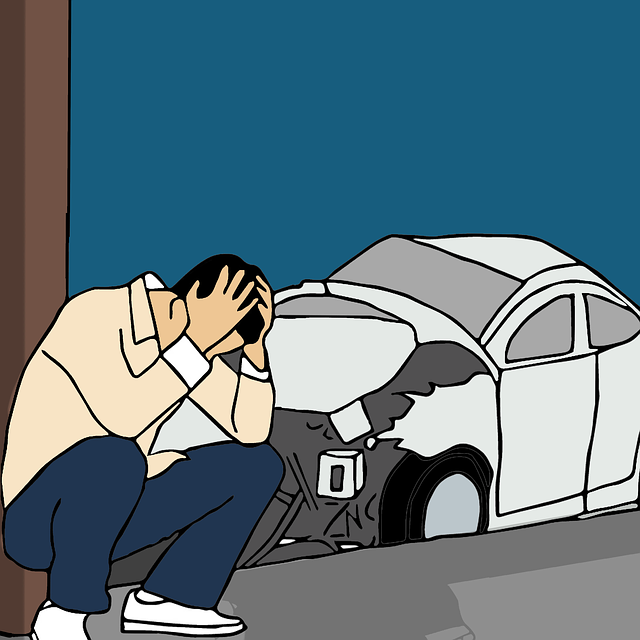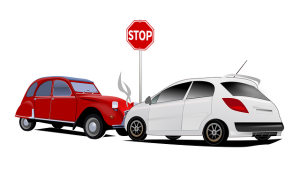Before choosing a car insurance policy, understand your vehicle, intended use, local laws, and risk factors. Compare different companies' offerings side by side, focusing on coverage limits, deductibles, inclusions, and mandatory minimums. Consider the three main types: liability, collision, and comprehensive, each offering varying protection levels. Carefully review deductibles and coverage limits to balance affordability and adequate protection. Look for optional add-ons like roadside assistance and rental car coverage, and claim discounts based on safe driving habits or policy bundling. Read the fine print to identify exclusions and ensure your chosen policy aligns with your needs.
Understand Your Needs: Know what coverage you require based on factors like vehicle type, usage, and local laws.

Before you start comparing quotes, take time to understand your individual needs. Your vehicle’s make and model, as well as its intended use, play a significant role in determining the level of coverage you require. For example, high-performance cars often come with higher liability limits due to their potential for causing more severe accidents. Similarly, if you use your car for business purposes or frequent long-distance travel, you’ll need comprehensive and collision coverages to protect against various risks. Additionally, local laws and regulations vary across regions, influencing the mandatory minimums for liability insurance. Ensure you’re familiar with these requirements to avoid any legal complications down the line.
Assess Risk Factors: Consider your driving record, years of experience, and the safety features of your car to gauge your risk profile.

When assessing how to choose the best car insurance policy, start by considering your risk factors. Your driving record plays a significant role; a clean record signals lower risk and could lead to more affordable premiums. The years of driving experience also matter; newer drivers might face higher costs due to lack of experience. Additionally, examine the safety features of your vehicle—advanced brakes or airbags, for example—as these can contribute to lower insurance rates. By gauging these aspects, you gain a clearer picture of your risk profile and can make more informed decisions when comparing car insurance policies.
Compare Policies and Providers: Research different insurance companies and their offerings side by side, focusing on coverage limits, deductibles, and inclusions.

When choosing the best car insurance policy, comparing policies and providers is key. Research different insurance companies and their offerings side by side, focusing on crucial elements like coverage limits, deductibles, and inclusions. This step ensures you get a comprehensive understanding of what each provider offers and helps you make an informed decision based on your specific needs.
Start by listing the various insurance companies that cater to your area. Then, analyze their policies in detail. Look at the coverage limits – how much protection do they offer for property damage and bodily injury? Consider deductibles – the amount you have to pay out-of-pocket before insurance kicks in. Also, pay attention to inclusions – what additional services or protections are offered beyond the standard coverage? This meticulous comparison will empower you to select a car insurance policy that offers both excellent value and robust protection.
Analyze Coverage Options: Understand the different types of car insurance policies (e.g., liability, collision, comprehensive) and what they cover to make an informed choice.

When selecting a car insurance policy, understanding the different coverage options is key. There are three main types: liability, collision, and comprehensive. Liability insurance covers damages you cause to others’ property or injuries to others, while collision insurance pays for damage to your own vehicle in the event of an accident. Comprehensive insurance, on the other hand, covers a wider range of incidents beyond accidents, such as theft, vandalism, and natural disasters.
Each type offers varying levels of protection, catering to different needs and budgets. By grasping what each policy entails, you can make an informed decision about which one best suits your circumstances. Compare the benefits and limitations of each to choose the best car insurance policy for you.
Check Deductibles and Limits: Ensure the policy's deductible amount is affordable and that the coverage limits meet your needs and financial situation.

When evaluating how to choose the best car insurance policy, check deductibles and limits. The deductible is the amount you pay out-of-pocket before your insurance kicks in. Ensure it’s affordable for your financial situation. Similarly, confirm that the coverage limits meet your needs – they should adequately protect you against significant incidents or repairs. Balancing affordability with sufficient coverage is key to finding the right policy for you.
Examine Add-ons and Discounts: Look into optional add-ons like roadside assistance or rental car coverage, and explore discounts for safe driving, multiple policies, or loyalty to certain providers.

When examining how to choose the best car insurance policy, don’t overlook optional add-ons like roadside assistance or rental car coverage. These extras can significantly enhance your overall protection and peace of mind. Many policies also offer discounts that can lower your premiums. Safe driving habits can earn you rewards with lower rates. Additionally, bundling multiple policies or maintaining loyalty to a provider can result in substantial savings. Explore these options carefully to maximize your coverage while minimizing costs.
Read the Fine Print: Carefully review policy documents for exclusions, conditions, and limitations to avoid surprises when making a claim.

When perusing potential car insurance policies, reading the fine print is an absolutely essential step in the process of choosing the best policy for your needs. Carefully scrutinize the policy documents to understand any exclusions, conditions, or limitations that could come into play when you file a claim. This proactive approach will help prevent unwelcome surprises down the road. By being aware of these details, you can make an informed decision and select a policy that aligns with your expectations of coverage and support.
Obtain Multiple Quotes: Collect quotes from several insurers and compare them before settling on the best car insurance policy that fits your budget and protects your interests.

To choose the best car insurance policy, one crucial step is to obtain multiple quotes from several insurers. This allows you to compare coverage options and pricing side by side. Start by gathering quotes from reputable companies, considering factors like your driving record, vehicle make and model, and desired level of coverage. Once you have a handful of quotes, carefully review each policy’s details, including deductibles, coverage limits, and any additional perks or exclusions. Compare these elements to ensure the policy aligns with your budget and provides adequate protection for your interests. By taking this thorough approach, you can make an informed decision on which car insurance policy offers the best value for your money.
